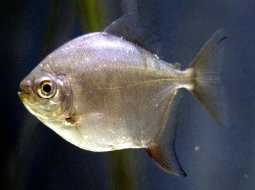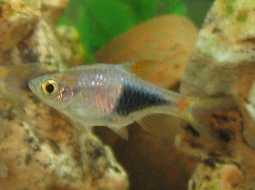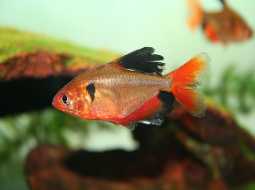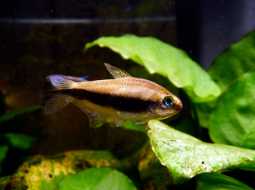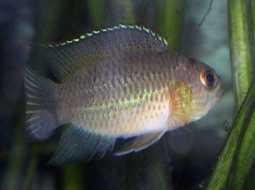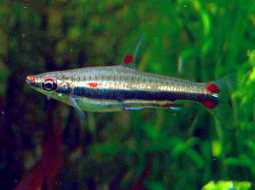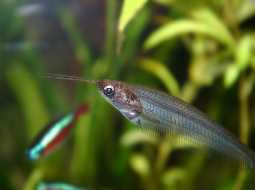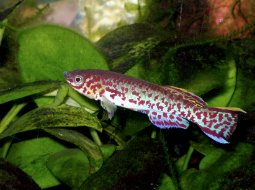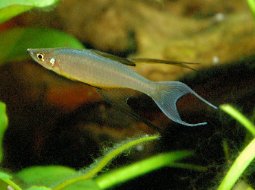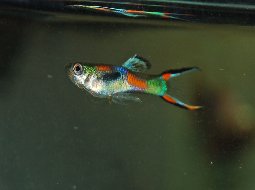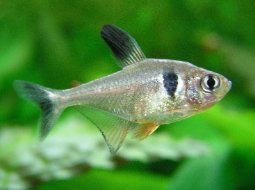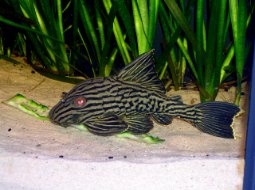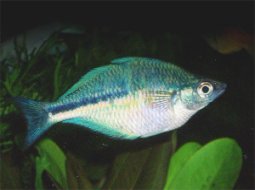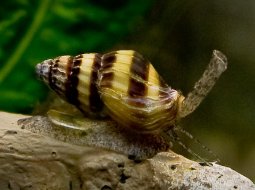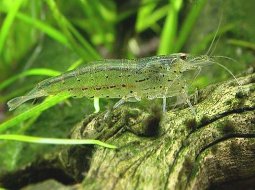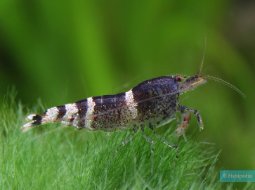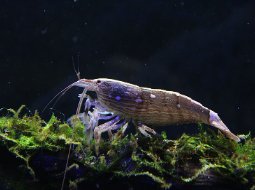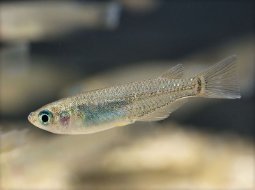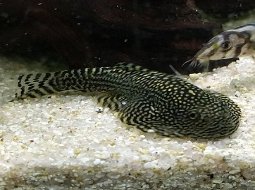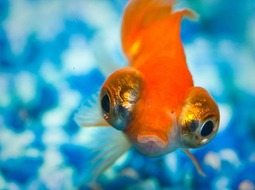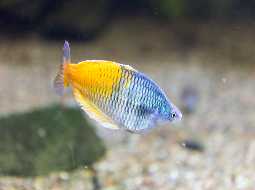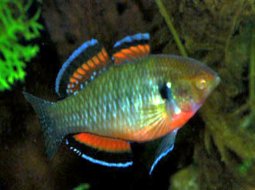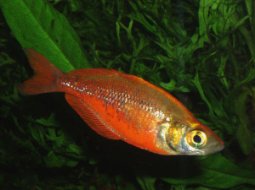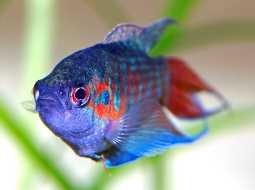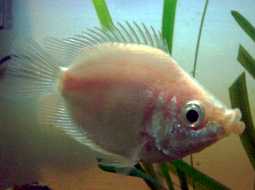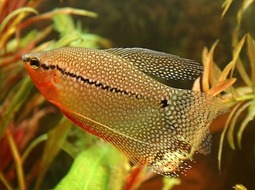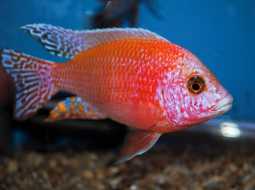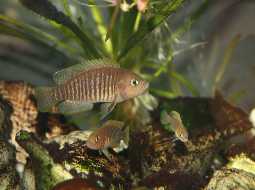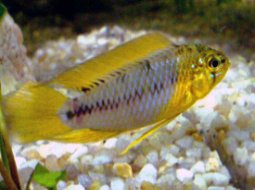
Loading Aqualapp ...
Care and Compatibility of Platy Fish - Xiphophorus maculatus
Introduction
The Platy fish, scientifically known as Xiphophorus maculatus, is native to Central America and belongs to the livebearer fish family. Platies are known for their variety of colors and patterns, making them a popular choice among aquarists. They have a small and compact body with rounded fins and a fan-shaped tail. Colors can vary from orange, red, yellow, blue, and black, among others. The selection of different Platy varieties has resulted in numerous forms and colors.
Behavior
The Platy fish is a popular freshwater fish species in aquariums. It is known for its peaceful behavior and easy adaptation to different water conditions. Platies are active and social fish that swim in all layers of the aquarium. They are ideal for community aquariums and get along well with other fish of similar size and peaceful temperament. They are livebearers, which means they give birth to fry instead of laying eggs.
Sexual Dimorphism
Sexual dimorphism in Xiphophorus maculatus is evident. Males have a modified gonopodium and are generally more colorful and slender than females. Females have a more rounded shape and may display a dark spot in the abdominal area when pregnant.
Reproduction
Breeding Platy fish is relatively straightforward as they are livebearers, and the females give birth to fry instead of laying eggs. The males have a modified reproductive organ called a gonopodium, which they use to fertilize the females. Once the female is pregnant, dark spots can be observed on her abdomen, which are the developing eyes of the fry. After a gestation period of approximately one month, the female will give birth to the fry, which are independent and can swim and feed on their own.
Aquarium Conditions
Xiphophorus maculatus, commonly known as platy, requires a well-planted aquarium with open spaces for swimming. It prefers neutral to slightly alkaline water. Aquarium décor should include hardy plants and sheltered areas. Maintaining water quality is crucial and providing a varied diet.
Feeding
Platy fish are omnivorous and feed on a variety of foods. Their diet includes commercial flakes or pellets specifically formulated for tropical fish. They will also accept live or frozen foods such as mosquito larvae, daphnia, or brine shrimp. It is recommended to provide a balanced and varied diet to ensure their health and well-being. Additionally, it is important not to overfeed them to avoid obesity issues or water quality degradation.
Complexity
Caring for Xiphophorus maculatus is relatively straightforward. They are peaceful and active fish that adapt well to a variety of water conditions. They are hardy and can live in a wide range of temperatures. They mainly feed on vegetable matter, but also accept live and frozen foods.
In case you need more help, or if you want to know into any topic related to the Xiphophorus maculatus (Platy Fish) and even any other species you can use the forums to ask what you need.
To do an analysis more detailed about coexistence and behavior of Xiphophorus maculatus (Platy Fish) use the Aquarium simulation tool, if you do this you can test different ways to combine the Platy Fish with other fishes giving the dimensions and space on you aquarium, on this way you can known the optimal configuration for keep the fishes that you want.
You can also find out the 98 species compatible with the Xiphophorus maculatus (Platy Fish) can live together.
Note: The parameters of the water such as PH and temperature are also used to calculate the compatibility of the species.
Compatible species (98)
Compatible (68 Species)
Compatible without any restriction
They can coexist if they are the same size or very similar sizes, it does not work in all cases, there may be exceptions.
Try to maintain a female group for each male at least 2 or 3 females.
Knowing Yourself From Small (1 Species)
They can live together if they have known each other since they were very small, that is, they grew up and grew up together. it does not work in all cases, there may be exceptions.
Similar Sizes (15 Species)
They can coexist if they are the same size or very similar sizes, it does not work in all cases, there may be exceptions.
southern platyfish alevin continuously bite and eat tentacles and snail body, when southern platyfish grow up they do not.
With Reservation (4 Species)
Compatible in some cases, it depends on the nature and personality of the fish.
Considerable size difference (4 Species)
They can coexist while they are similar in size or the size difference is not very abysmal, since as the fish grows it increases the chances of eating its partner that did not grow much.
Compatible if space is enough (6 Species)
They can coexist together if the aquarium they share is large and spacious enough for both species to feel good, as some fish may attack others to feel that they have little space and try to eliminate the competition.
Platy Fish
Xiphophorus maculatus
- Ph: 7 - 8
- Temperature (c°): 24 - 26
- Measures: 5 cm - 7cm
- Aquarium Capacity:
11 Liters - 3 Gallons - Alimentación: Carnivores, Omnivores
- Colores: Black, Orange, Red, White
- Comportamiento: Active, Eat fins, Peaceful
- Habitad: American
- Preferencias del Acuario: Natural plants, Rocks, Sand
- Tamaño: Small
- Taxonomía: Fish
- Tipo de Agua: Sweet water
- Velocidad de nado o movimiento: Normal
- Zona de Nado: Swim in the middle of the aquarium


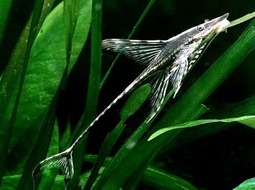
.jpg)
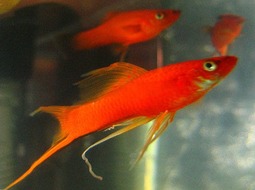
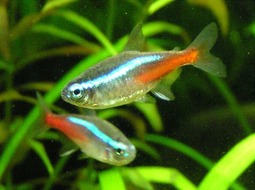
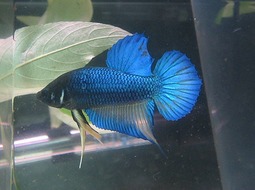

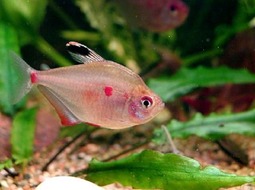



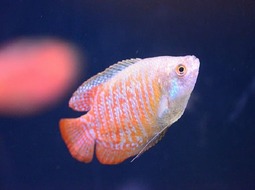

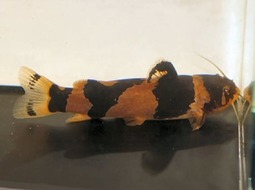
.jpg)

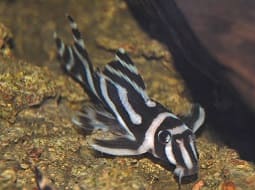
.jpg)






